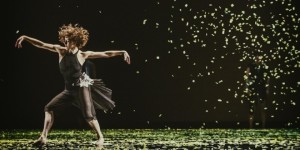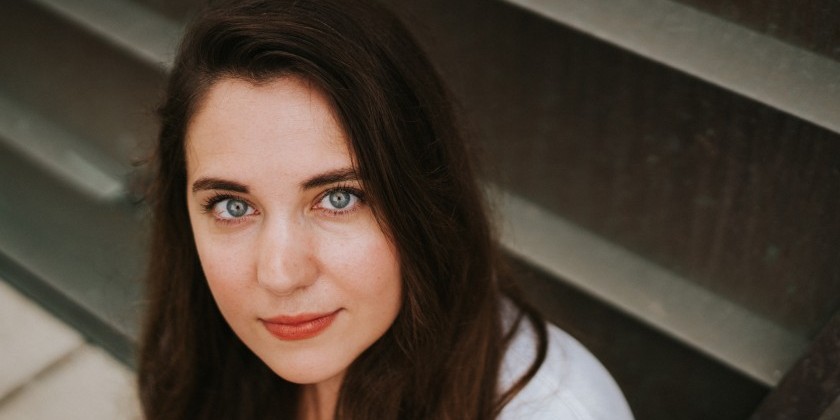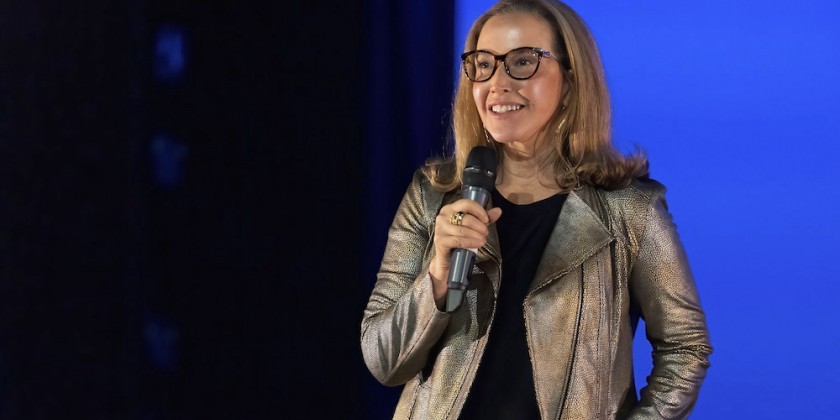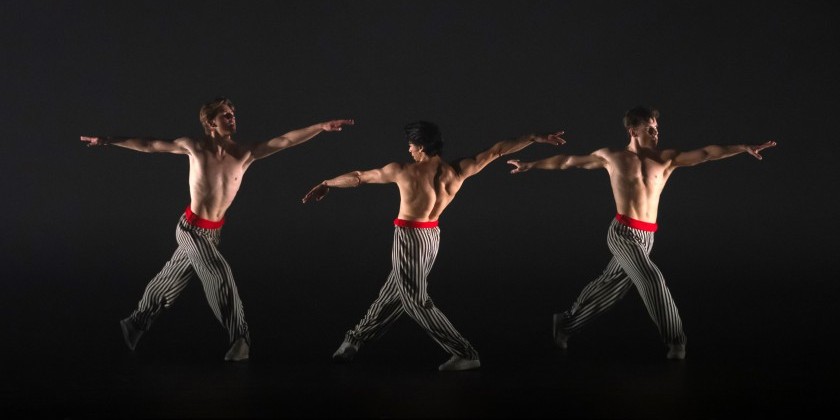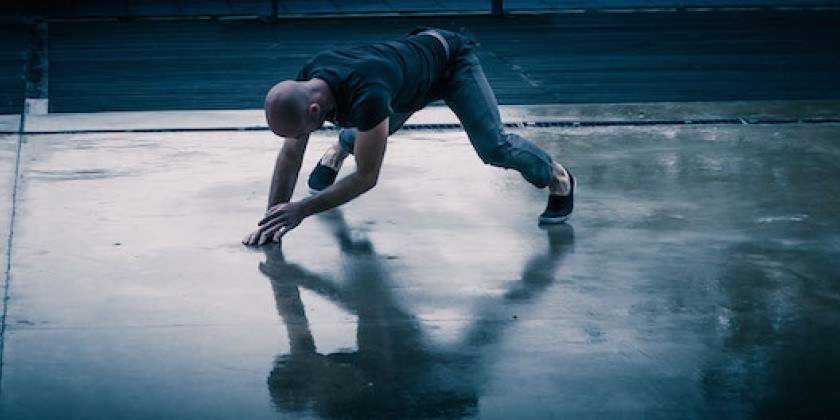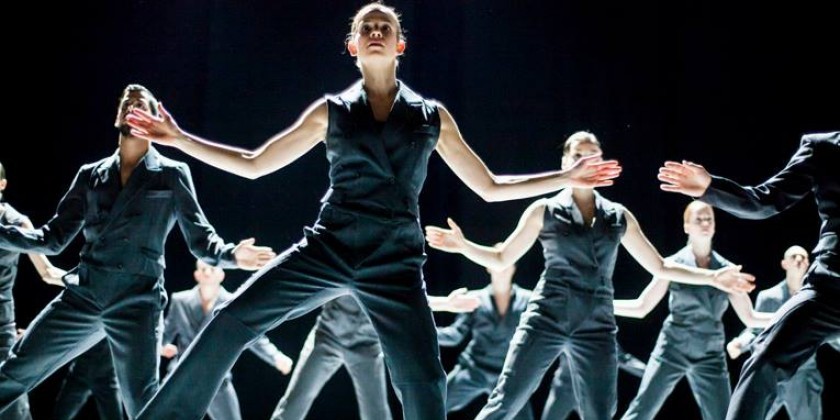Impressions from San Francisco: Company C's "Adjusting the Lens"
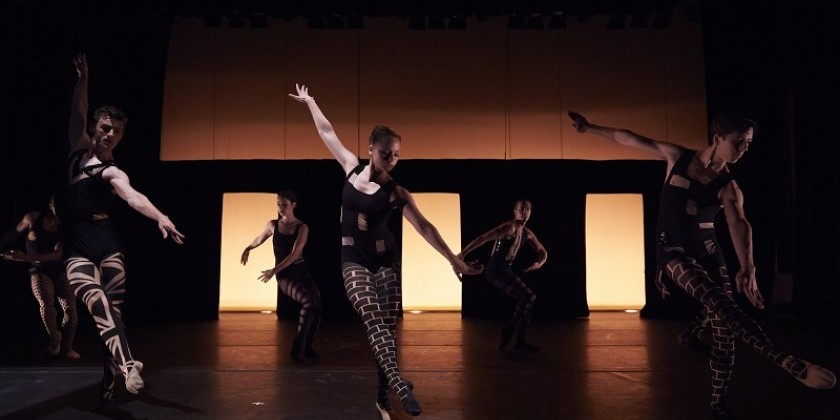
ODC Theater, San Francisco
Artistic Director: Charles Anderson
Dancers: Edilsa Armendariz, Matthew Doolin, Michael Galloway, Peter Hershey, Jackie McConnell, Sarah Nyfield, Chantelle Pianetta, Keira Schwartz, Megan Steffens, Connolly Strombeck, Isaiah M. Sumler, Calvin L. Thomas Jr., Daniella Zlatarev
Lighting: Patrick Toebe
Company C, a repertory company shifting direction, delighted an audience at the ODC Theater in San Francisco with an evening of five short works. Under the artistic direction of Charles Anderson, this California-based company, in the interest of funding and flexiblity, will be retiring from a regular performance season to focus on single projects throughout the year.
Presenting a high-energy evening, with each piece being a different vignette, the company performed two works by Anderson, one by Patrick Corbin, and world premieres by Maurice Causey and Charles Moulton. The dances were held together with videos featuring the company's repertoire since its inception in 2002 -- a tribute to Company C’s development and history before this changing of paths.
A plethora of petit allégro and musical dancing, the works showcased the dancers' technical prowess, but at times felt congested. Each of the pieces had enough material for multiple studies.
From Charles Moulton's New Country, a quirky yet lighthearted romp for six, to Maurice Causey's Rise, a balletic tour de force set on eleven dancers in red unitards, there was much variation in set and score.
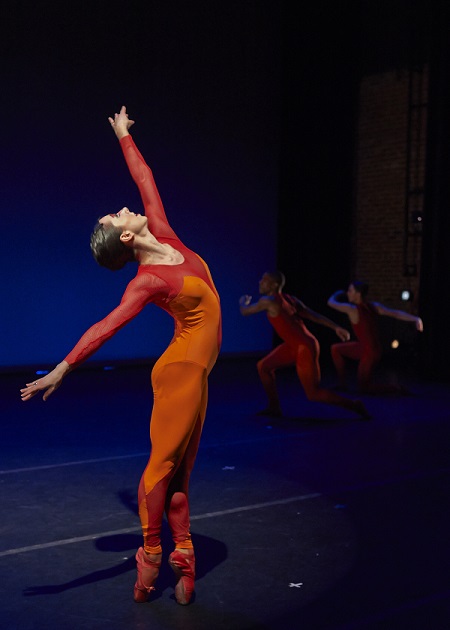
Featuring an ensemble of dancers sporting harem garb in maroon, Anderson's Aposiopesis centers on a romantic pas de deux, with the corps performing billowing port de bras and rapid paddle turns. Amidst skillful partnering to a bittersweet violin, a woman executes a penchée perpendicular to her partner, who lies horizontally across center stage. As he rolls upstage, she lowers her body and is propelled several feet backward by his rotating torso. The descent and swift movement are invigorating to watch, as are the complex maneuvers. Often the other dancers are juxtaposed with the couple, whether in stillness as the duet moves, or rotating in a circle opposite to the direction of the two.
What's Behind Door #3, also created by Anderson, plays on the idea of a door and what it might conceal. The score begins with spaced door knocks, which feed into a layered electronic jungle. Clothed in black unitards with patterned cutouts, the dancers execute a one-armed sweep reminiscent of opening a door. With pointe work, distorted waltzing, and spokes into the negative space around other bodies, dancers race through geometric floor patterns. Upstage, three rectangular openings in the black cut drop act as passageways. The drop is used to conceal body parts and frame various poses throughout the piece.
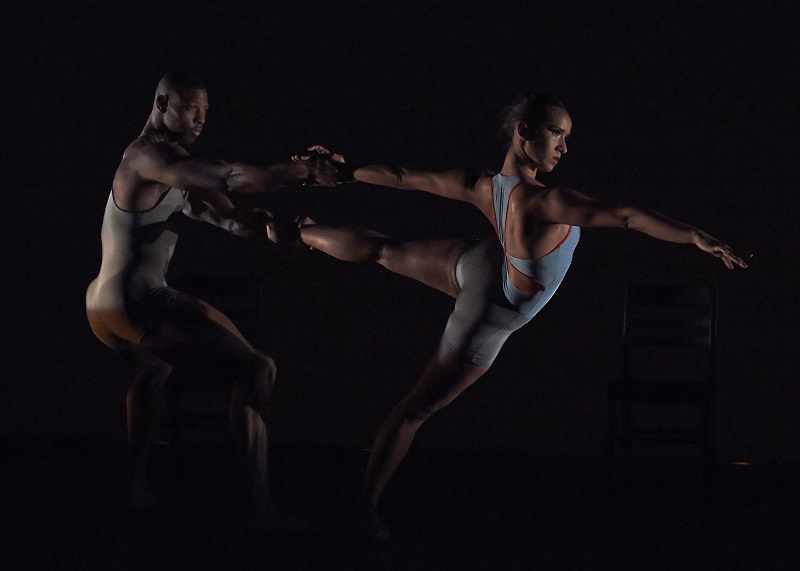
Photo: David DeSilva
Patrick Corbin's Partly Cloudy Suite commences with eight chairs placed around the perimeter of the stage, minus the downstage line. The dancers, in tight-fitting neutral tones, enter in silence. As each of the six sits, they break into individualized gestural phrases. Their articulate silence is broken when a female rises and begins an athletic solo, consisting of allégro and other aerial steps. The others eventually join her as a soundscape of warped notes on a synthesizer swells. Angular and rigid, these gestures are further exemplified in a section wherein the dancers support themselves on the floor with only three body parts. The abruptness that is characteristic of the piece resolves with a fade to blue light at its termination.
The evening was curated to reflect the company's balletic ability. Each work, while from a different choreographer, emphasized this, and each was centered on a theme, albeit sometimes overstated or unclear. While precise, the dancing was less physical and weighted than it was rapid. If Company C transitions to more project-based work, it could be an intriguing aesthetic shift, allowing the group to branch even further from the strong base they have established.




